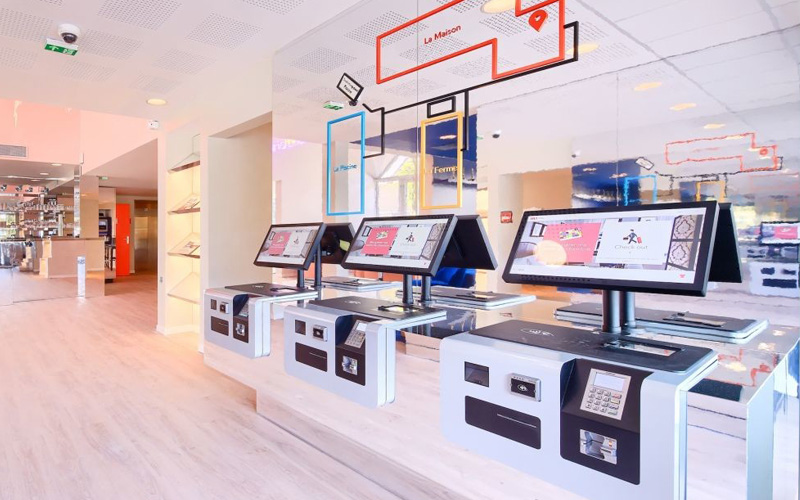By Steve HANRAHAN, AURES UK Business Development Manager
Anyone who has used the self-checkout aisle in a supermarket, or bought tickets at the cinema or at the train station, knows that self-service is a very real trend across commerce.
In the hospitality sector, too, quick-service restaurant (QSR) pioneers like McDonalds have been quick to jump on the concept, channelling all orders and payments through touchscreen kiosks while staff focus on cooking and fulfilling orders.
Yet all in all, the hospitality sector has been slow to embrace the self-serve trend compared to other industry verticals. A decade ago, going into any kind of restaurant and not placing an order by speaking directly to a person would have seemed slightly crazy. The hospitality sector has in no small part been built around customer service, and taking away that human touch would seem to remove a key part of the experience that companies build their brand around.
So does that make QSR operators that have embraced the self-service concept maverick outriders that few are likely to follow? All the evidence suggests not. According to research by self-service software developer and AURES partner Kurve, restaurants which roll out kiosks see transaction values increase by an average of 20%. On the back of that, it predicts that more than half of QSR and casual dining operators (58%), and a third of restaurants overall, will have adopted kiosks by the end of 2020.
Yet this potential for self-service to grow rapidly in the hospitality sector is perhaps best understood as part of a broader trend – and one which potentially creates an entirely new vision for the customer experience.
Freedom and flexibility
Gartner once said: “By 2020, customers will manage 85% of their relationship with the enterprise without interacting with a human.” This wasn’t just a reference to self-service kiosks, but a comment on the growth of online and mobile commerce, AI chatbots and so on. Nonetheless, self-service stands as part of this trend. The overarching point is that, probably driven by the freedom and flexibility of their experiences online, this is all happening because it is what consumers now want, prefer and expect.
Again, the evidence for this is clear – nearly two thirds (60%) of customers say they would visit QSR establishments more regularly if self-service is offered. For that reason, restaurants which choose to introduce self-service kiosks should not be seen as breaking with the service-focused traditions of hospitality. Rather, they are delivering what their customers want, and reimagining the whole concept of service in the process.
Quite rightly, however, Kurve argues that a new vision for the customer experience in restaurants doesn’t begin and end with kiosks. As beneficial as they can be, Kurve instead talks about them forming one part of a ‘self-service customer journey’ which also includes close integration with mobile and online ordering. Online ordering in particular appears to have huge potential for the QSR and casual dining sector – half of customers say they would spend up to four times the average amount if they could use order ahead technologies, while the average online order is 26% higher than on-premises.
Overall, self-service offers many benefits, not just to the QSR and casual dining sector, but to the hospitality industry overall. Whether they are deployed for placing orders or choosing seats, whether they sit as standalone consoles in a dedicated area or take the form of Mobile POS tablets installed at the table, kiosks can help save time, reduce costs and free staff up to focus on added-value tasks. But perhaps of greater value to restaurant operators is the opportunity to reimagine customer journeys with self-service at their heart, not just through kiosks, but by closely aligning online with on-premise experiences, and focusing on putting power in the hands of the customer.




